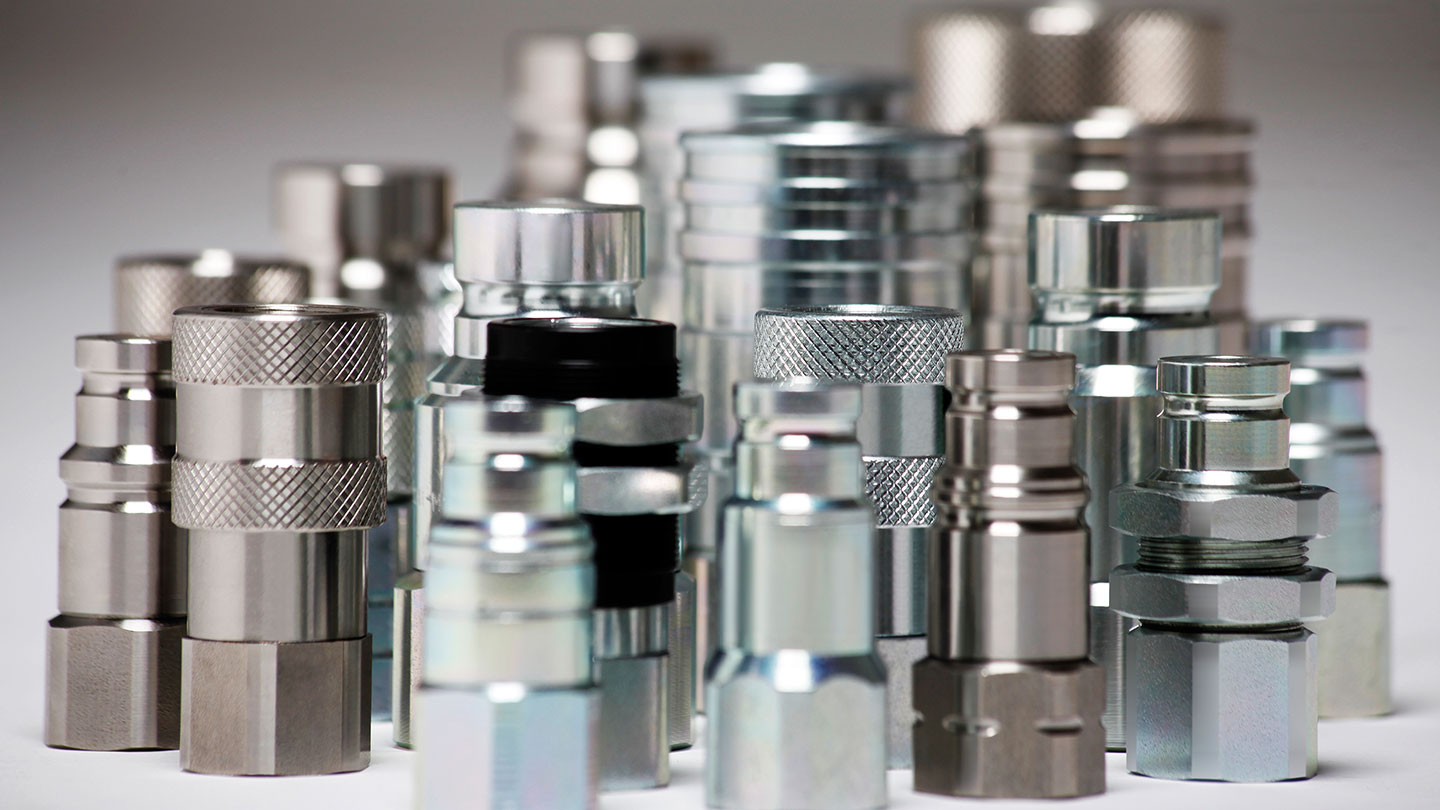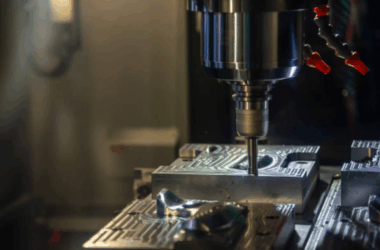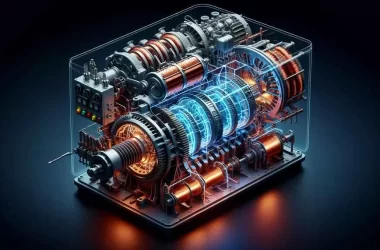The coupler industry has made significant advancements in reinforcing steel bars (rebar). These seemingly small components substantially impact reinforced concrete structures’ strength, durability, and constructability. Coupler solutions are mechanical devices that join two pieces of reinforcing steel bars, creating a continuous reinforcement length. These components are essential in situations where:
- The required rebar length exceeds standard manufacturing or transportation limits
- Construction joints are necessary
- Phased construction requires the connection of new reinforcement to existing structures
- Prefabricated elements need to be connected on-site
Traditional methods of joining rebar, such as lap splicing, are limited in strength, space requirements, and labour intensity. Modern coupler solutions address these challenges and offer numerous benefits to construction projects.
Advantage in coupler solutions
The company has been at the forefront of developing advanced coupler solutions for decades. Their range of products exemplifies the benefits that modern couplers bring to the construction industry:
Enhanced structural integrity
Coupler solutions are designed to provide full-strength connections, often exceeding the tensile strength of the rebar itself. This ensures the reinforcement system performs continuously, effectively distributing loads throughout the structure.
Space optimization
Unlike lap splices, some couplers create compact connections requiring significant overlap lengths. This is particularly advantageous in congested reinforcement areas, allowing for:
- Reduced concrete section sizes
- Improved concrete flow and consolidation
- Easier placement of other embedded items
Time and labor savings
Installing Fortec couplers is typically faster and less labour-intensive than traditional splicing methods. This leads to significant time savings on large projects, potentially reducing construction schedules.
Versatility
Companies offer a range of coupler solutions suitable for various applications, including:
- Standard threaded couplers for general use
- Position couplers for situations where bars cannot be rotated
- Transition couplers for connecting bars of different diameters
- Headed anchor couplers for end anchorage applications
This versatility allows engineers and contractors to select the most appropriate solution for each project requirement.
Quality control and assurance
Coupler solutions are manufactured to strict tolerances and undergo rigorous testing. This ensures consistent performance and reliability, which is crucial for critical structural elements.
Applications of coupler solutions
- High-rise buildings – In tall structures, couplers enable the efficient joining of vertical reinforcement between floors. This is particularly important in core walls and columns where continuous reinforcement is crucial for structural integrity.
- Bridge construction – Coupler solutions facilitate the connection of precast elements in bridge construction, allowing for faster assembly and improved quality control. They are also valuable in bridge widening and rehabilitation projects, where new reinforcement must be connected to existing structures.
- Underground structures – Couplers help create watertight reinforcement connections in tunnels, basements, and other underground structures, which prevent water ingress.
- Nuclear facilities – Advanced coupler solutions’ high-performance characteristics make them suitable for use in nuclear power plants and other critical facilities where safety and durability are paramount.
- Marine structures – Corrosion-resistant coupler solutions are invaluable in marine environments, providing durable connections in structures exposed to saltwater and harsh conditions.
- Seismic regions – Ductile coupler solutions ensure structural resilience in earthquake-prone areas, allowing energy dissipation during seismic events.
Coupler solutions have emerged as a critical component in modern construction, offering significant advantages in structural performance, efficiency, and versatility. The construction industry constantly evolves, so companies continuously innovate to meet these needs.







